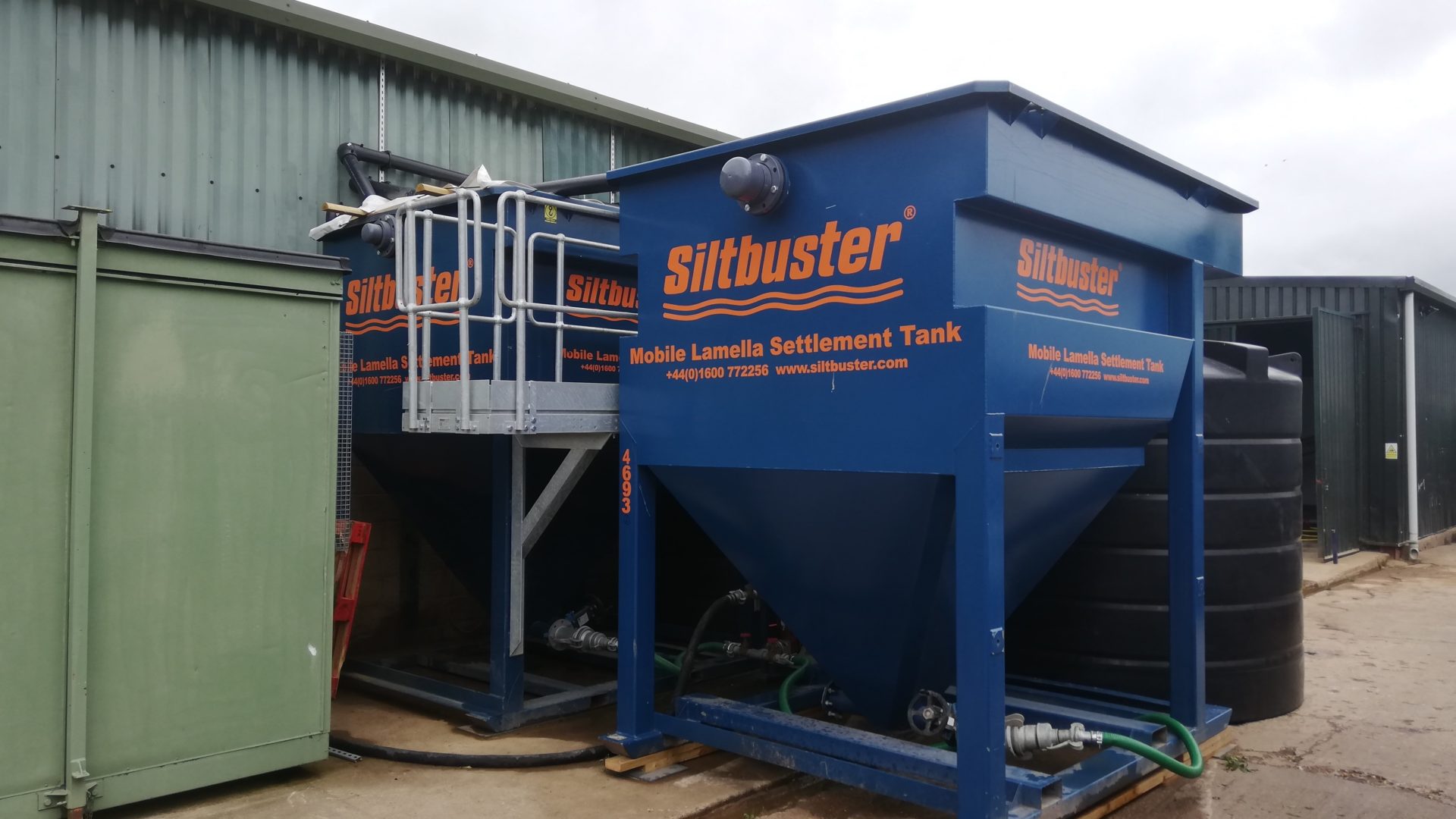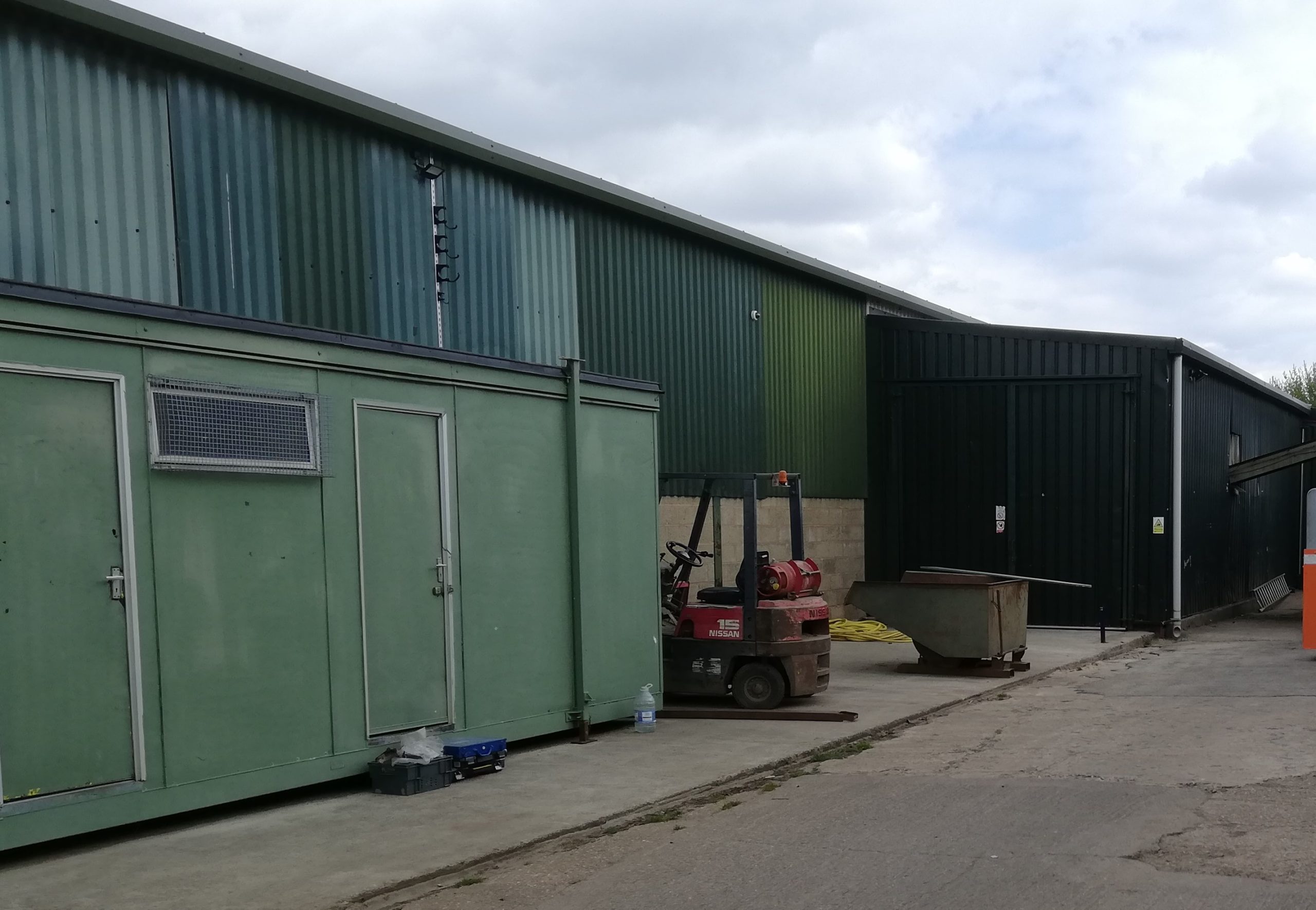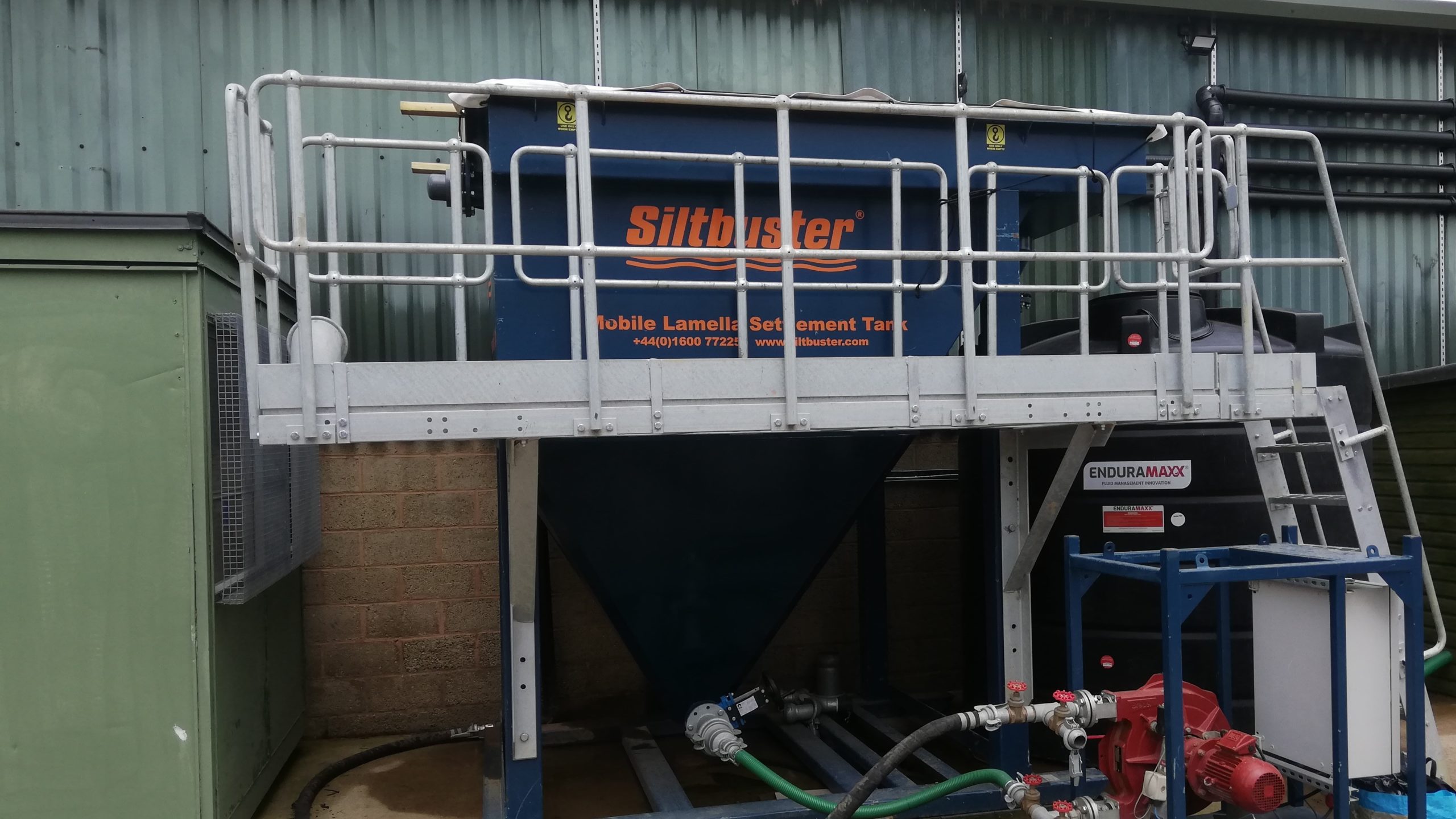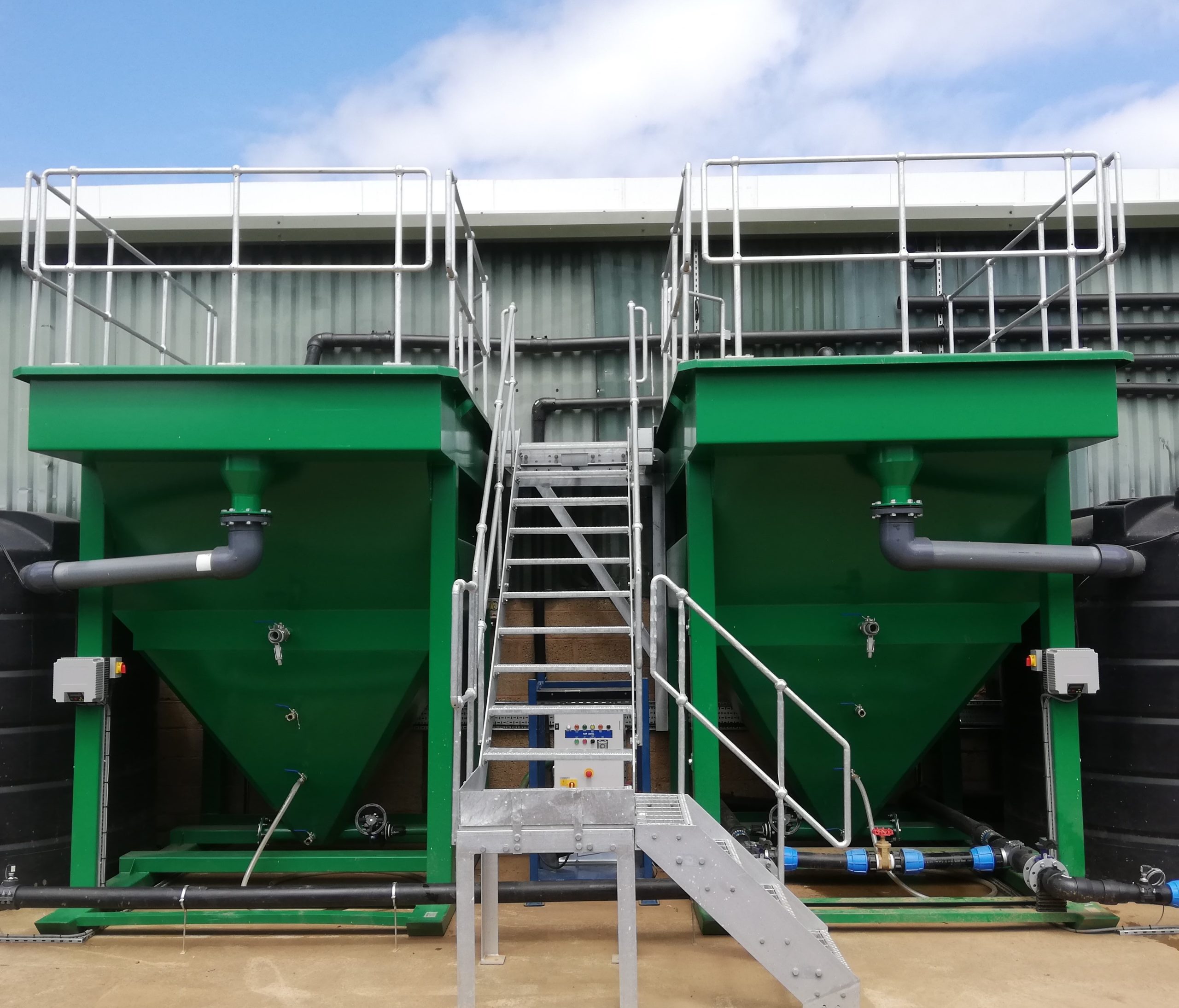Growers and suppliers want to be more environmentally friendly and keep their costs down – and improvements in processing can deliver surprisingly effective results. Here’s David Gaskill, Business Development Manager – Industrial at Siltbuster, on how that can be achieved.
We all need our five a day – and to keep us topped up with delicious, nutritious fruit and veg, growers across the UK dig up millions of tonnes of produce every year.
Of course, fruit and vegetables don’t come out of the ground looking as pristine as they do in the supermarket – nature’s bounty needs to be prepared before it can be packaged and safely sent on to retail.
From the ground to the table
Food processing businesses tend to wash produce using variations on jet washing. To save wasting valuable drinking (potable) water, the first stage of washing often uses recovered or reclaimed water.
This process is followed up by a final rinse using clean, chlorinated water so the fruit or vegetables can be packaged and safely sold.
Water is also used to gently transport produce from reception to packing. This approach is sensible to preserve precious water, but one downside is that recovered water often contains large particles of solids, and this can accumulate as water cycles around the system. Those solids collect in the water nozzles and cause them to jam – and when that happens, there’s not much that can be done except close down operations for a while so the blockage can be manually cleared. This causes expensive downtime while these are cleaned, and then more processing time to ensure the stock is washed.
The resulting downtime can be expensive and frustrating, and lead to unwanted delays in getting products out of the door. Siltbuster has worked with food processing businesses large and small, from household frozen food brands to independent producers, and it’s a problem the company sees at all levels.
Springing into action
One business Siltbuster worked with was a large producer of spring onions. Their process was to harvest vegetables and bring them in to rinse, using food safe chemical to sterilise the onions before they went on their journey to sale.
This company’s washing process used a basic screen to try to capture solids, but it was not very effective at capturing all the material – so as water flowed around the system collecting debris, nozzles on the washers would block fairly regularly.
Maintenance teams then had to go in, switch off conveyors, remove the nozzles for cleaning and reinstall them – a time-consuming and laborious process.
The business contacted Siltbuster, who set to work to size up the problem and improve the process.
Send in the tanks
Siltbuster take’s a “sink it, float it, treat it, reuse it” approach – in other words, if they can sink or float contaminants in wastewater to separate them out naturally, those options will be chosen over chemical treatment.
As far as possible, they also seek to enable reuse of water and any solids separated out, achieving a sustainability benefit.
In the case of the spring onion farm, Siltbuster specified and installed a lamella separation tank which the water used for washing was pumped through. These tanks contain a number of flat plates which creates a surface to encourage smaller particles to settle out – sinking to the bottom where they can be safely removed.
Water can then be sent through sand filters for a final polish and then back into the process.
The process is incredibly effective – having hired an HB50M, the largest lamella tank in Siltbuster’s hire fleet, the business hired another to further improve efficiency.
As a result, it saved so much time and money thanks to reduced downtime that the company opted to make a capital investment in two HB50M units as a permanent solution. Since there was no chemical involvement, the settled solids could be discharged back to the land they came from.
Another cost benefit of a solution like this is the reduced amount of water sent to sewer discharge. Businesses pay water companies according to the amount of wastewater they put into the system – known as the Mogden charge – so having fewer particles and less water to discharge can generate significant cost savings.
Greener vegetables
As well as resulting in cost and efficiency savings, the Siltbuster solution offers environmental benefits – important to food businesses as they strive to meet their green targets and the improved perception of their customers that they are working towards a greener future.
For food and beverage businesses, this gives the opportunity for the solids that are settled out to be re-used, as well as the water. The recovered material can be spread back onto the fields where it adds to the natural nutrients in the soil.
Because the Siltbuster system improved the washing process, the business found it could reduce the amount of chemicals needed on the final cleanwater rinse – again, a cost saving and an environmental benefit.
Avoiding borehole problems: Sometimes growers will source water from boreholes on their land to wash produce and then pump the wastewater to a lagoon on site where the solids eventually settle to the bottom. A problem with this is that over time, the lagoon fills with sludge and must be dug out. Siltbuster’s lamella tanks eliminate this issue by allowing the solids in the liquid to be reduced, and disposing of these solids back to land.
Energy efficiency: Because gravity does a lot of the work in lamella separation, it is an attractive option for businesses when it comes to saving on energy requirements, bringing cost savings as well as environmental benefits.
A better way
Every customer is different, and no two solutions will be the same – but Siltbuster says it has seen bespoke versions of the spring onion example benefit businesses producing peas, apples, potatoes, sugar beet and more.
In each case they have been able to improve processes, save businesses money and time, and produce environmental benefits.






